The Neobiological Revolution is here. Now’s the time to put lessons from the Digital Revolution to use.
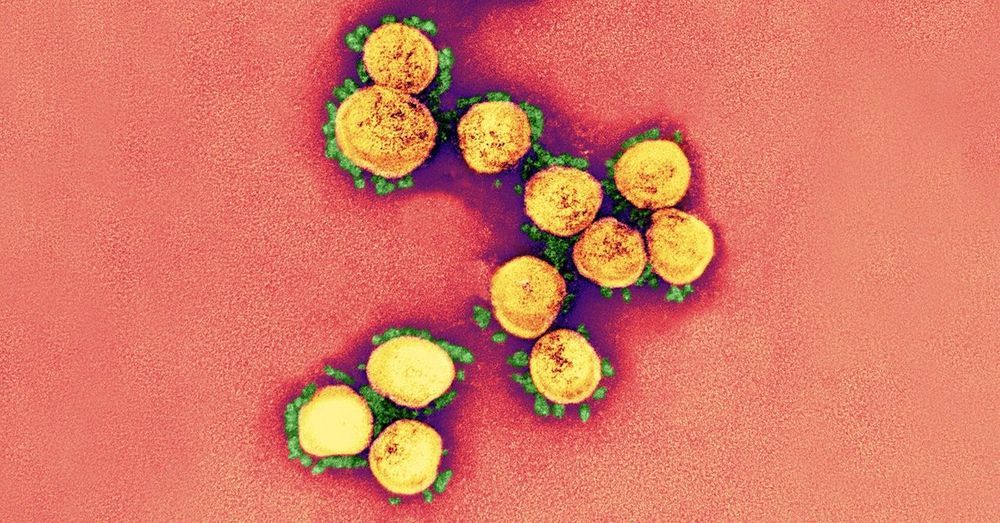


The Earth’s magnetic field flips, every few hundred thousand years or so on average, which means magnetic north becomes magnetic south and vice versa (the planet doesn’t actually turn upside down). New research suggests this change of direction can happen up to 10 times faster than previously thought.
That’s big news for scientists studying how the magnetic field shifts affect life on Earth, how our planet has evolved over time, and how we might be better able to predict the next reversal in the coming years.
Past palaeomagnetic studies have shown that the magnetic field could change direction at up to 1 degree a year, but the latest study suggests that movements of up to 10 degrees annually are possible.
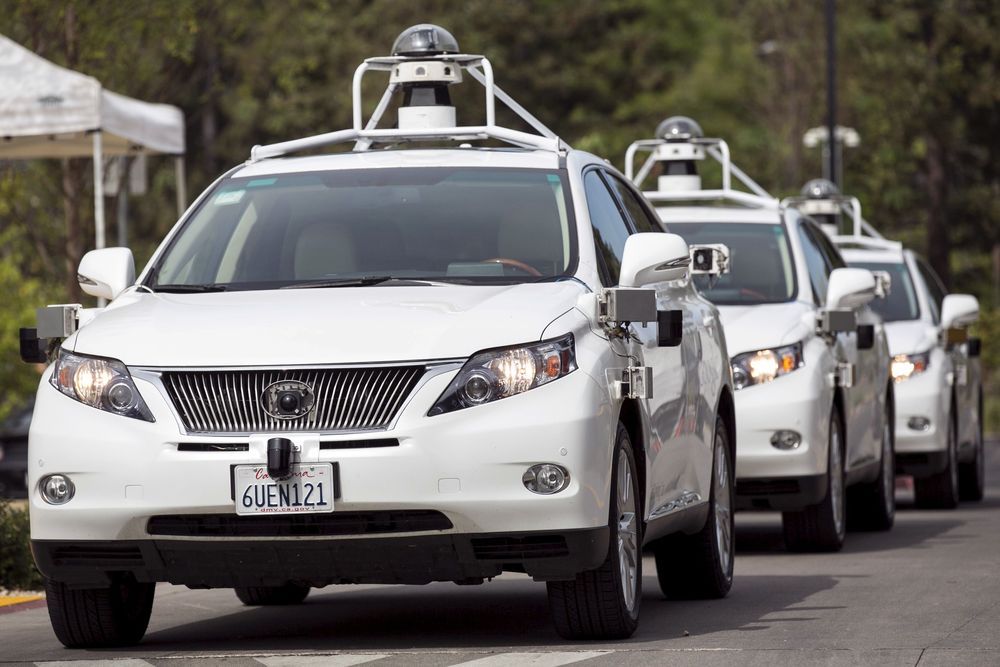
Say something Eric Klien.
Given the increasing proliferation of AI, I recently carried out a systematic review of AI-driven regulatory gaps. My review sampled the academic literature on AI in the hard and social sciences and found fifty existing or future regulatory gaps caused by this technology’s applications and methods in the United States. Drawing on an adapted version of Lyria Bennett-Moses’s framework, I then characterized each regulatory gap according to one of four categories: novelty, obsolescence, targeting, and uncertainty.
Significantly, of the regulatory gaps identified, only 12 percent represent novel challenges that compel government action through the creation or adaptation of regulation. By contrast, another 20 percent of the gaps are cases in which AI has made or will make regulations obsolete. A quarter of the gaps are problems of targeting, in which regulations are either inappropriately applied to AI or miss cases in which they should be applied. The largest group of regulatory gaps are ones of uncertainty in which a new technology is difficult to classify, causing a lack of clarity about the application of existing regulations.
Novelty. In cases of novel regulatory gaps, a technology creates behavior that requires bespoke government action. Of the identified cases, 12 percent are novel. This includes, for example, the Food and Drug Administration’s (FDA) standard for certifying the safety of high-risk medical devices which is applicable to healthcare algorithms, also called black-box medicine.
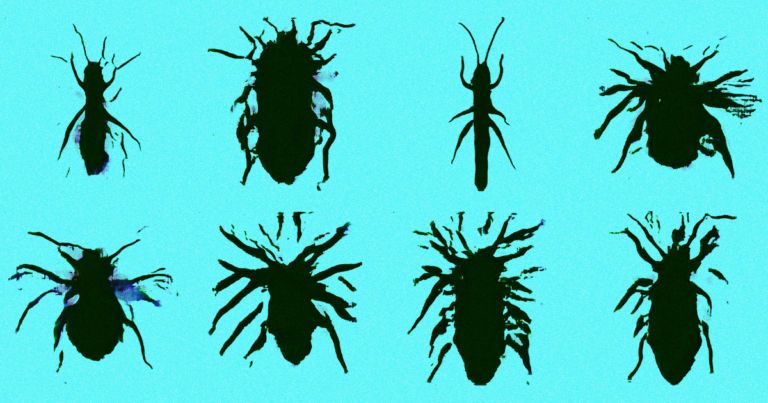

A German research institute announced Tuesday a new video standard that halves the bitrate required for streaming, allowing higher quality images on lower-power devices and opening the door wider to adoption of super high-definition 8K content.
The Fraunhofer Heinrich Hertz Institute said the new codec, VVC—Versatile Video Coding, will not compromise video quality. With ever-increasing demands on bandwidth for social media streaming, Zoom conferencing, 4K content and 360-degree panoramic videos, and especially during heightened web use spurred by global quarantines, VVC comes at an opportune time.
The increased transmission efficiency the codec promises to achieve would help major streaming services such as Amazon Prime Video and Hulu reduce costs as they prepare for higher-resolution fare down the road.
Balloon shaping isn’t just for kids anymore. A team of researchers from the Harvard John A. Paulson School of Engineering and Applied Sciences (SEAS) has designed materials that can control and mold a balloon into pre-programmed shapes. The system uses kirigami sheets—thin sheets of material with periodic cuts—embedded into an inflatable device. As the balloon expands, the cuts in the kirigami sheet guide the growth, permitting expansion in some places and constricting it in others. The researchers were able to control the expansion not only globally to make large-scale shapes, but locally to generate small features.
The team also developed an inverse design strategy, an algorithm that finds the optimum design for the kirigami inflatable device that will mimic a target shape upon inflation.
“This work provides a new platform for shape-morphing devices that could support the design of innovative medical tools, actuators and reconfigurable structures,” said Katia Bertoldi, the William and Ami Kuan Danoff Professor of Applied Mechanics at SEAS and senior author of the study.

Researchers at Ben-Gurion University of the Negev (BGU) have determined how to pinpoint the location of a drone operator who may be operating maliciously or harmfully near airports or protected airspace by analyzing the flight path of the drone.
Drones (small commercial unmanned aerial systems) pose significant security risks due to their agility, accessibility and low cost. As a result, there is a growing need to develop methods for detection, localization and mitigation of malicious and other harmful aircraft operation.
The paper, which was led by senior lecturer and drone expert Dr. Gera Weiss from BGU’s Department of Computer Science, was presented at the Fourth International Symposium on Cyber Security, Cryptography and Machine Learning (CSCML 2020) on July 3rd.
There you are wrist deep into a quart of Ben & Jerry’s Chunky Monkey, digging ever deeper. You can’t deny it. Your necklace is recording the ice-cream binge, which it will later dispatch to a coach or dietician.
The aim is not to induce guilt but rather answer the question: “How did you get here?”
Meet NeckSense, the first technology to precisely and passively record multiple eating behaviors. It can detect in the real world when people.
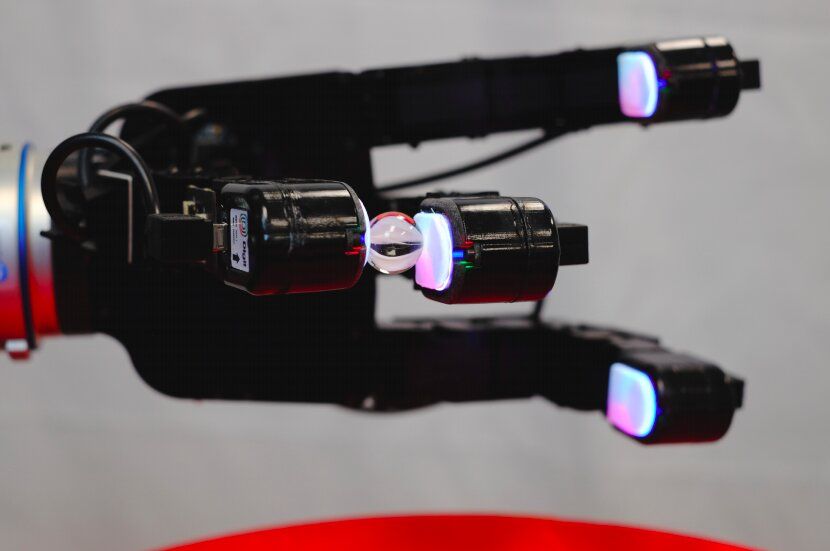
To assist humans in completing manual chores or tasks, robots must efficiently grasp and manipulate objects in their surroundings. While in recent years robotics researchers have developed a growing number of techniques that allow robots to pick up and handle objects, most of these only proved to be effective when tackling very basic tasks, such as picking up an object or moving it from one place to another.
High-resolution sensors could enable more advanced robot manipulation capabilities by gathering valuable tactile information that can be used to identify the best strategies for manipulating specific objects. Many existing tactile sensors are highly efficient but expensive to produce, which makes them difficult or impossible to implement on a large-scale; others are inexpensive but with a limited resolution and performance.
With this in mind, researchers at Facebook recently designed DIGIT, a tactile sensor that is compact, affordable, and can also collect high-resolution images. DIGIT, presented in a paper pre-published on arXiv, could facilitate the development of robots capable of completing a greater variety of tasks involving in-hand manipulation.
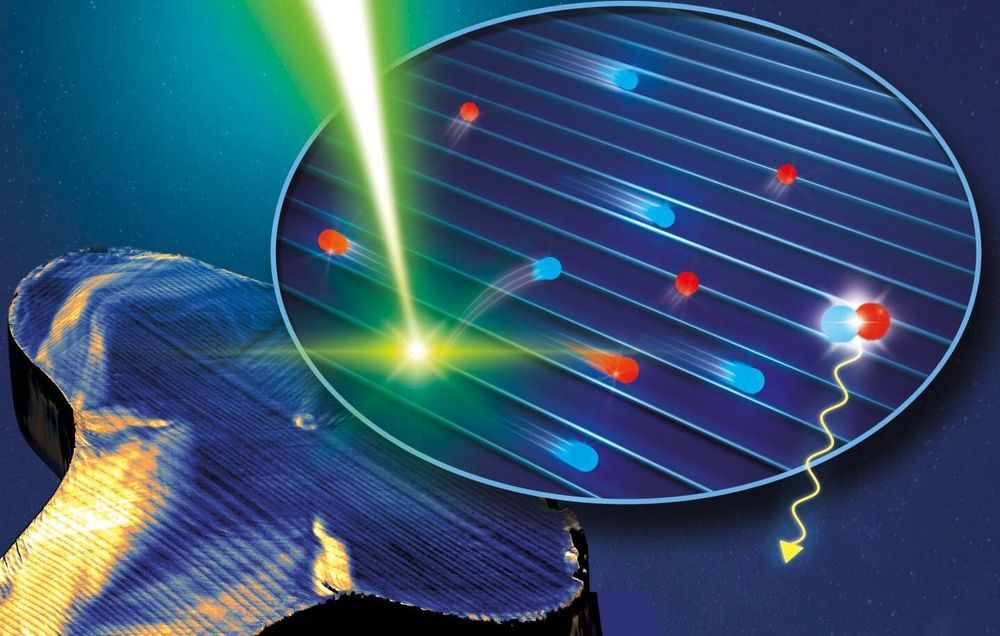
Solar cells based on perovskite compounds could soon make electricity generation from sunlight even more efficient and cheaper. The laboratory efficiency of these perovskite solar cells already exceeds that of the well-known silicon solar cells. An international team led by Stefan Weber from the Max Planck Institute for Polymer Research in Mainz has found microscopic structures in perovskite crystals that can guide the charge transport in the solar cell. Clever alignment of these electron highways could make perovskite solar cells even more powerful.
When solar cells convert sunlight into electricity, the electrons of the material inside the cell absorb the energy of the light. Traditionally, this light-absorbing material is silicon, but perovskites could prove to be a cheaper alternative. The electrons excited by the sunlight are collected by special contacts on the top and bottom of the cell. However, if the electrons remain in the material for too long, they can lose their energy again. To minimize losses, they should therefore reach the contacts as quickly as possible.
Microscopically small structures in the perovskites—so-called ferroelastic twin domains—could be helpful in this respect: They can influence how fast the electrons move. An international research group led by Stefan Weber at the Max Planck Institute for Polymer Research in Mainz discovered this phenomenon. The stripe-shaped structures that the scientists investigated form spontaneously during the fabrication of the perovskite by mechanical stress in the material. By combining two microscopy methods, the researchers were able to show that electrons move much faster parallel to the stripes than perpendicular to them. “The domains act as tiny highways for electrons,” compares Stefan Weber.